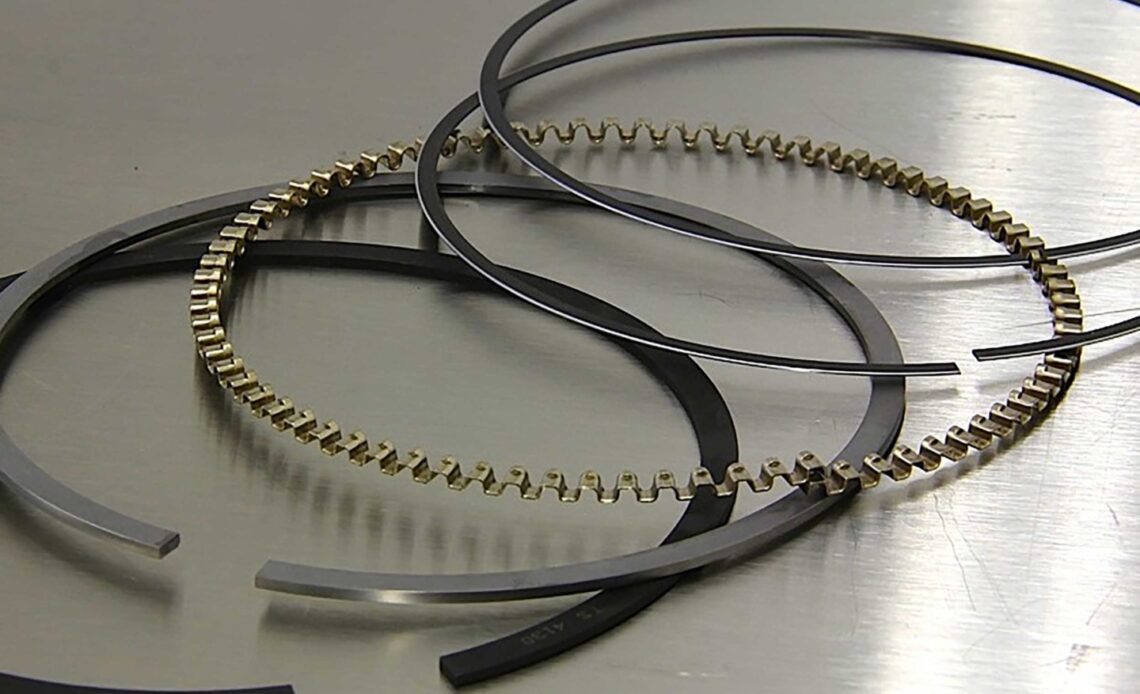When considering parts for an upcoming engine build, I’m reminded of a conversation I overheard many years ago between a teenager and an older gentleman. The young boy was looking at a car to purchase and was exclaiming all the benefits of his recently-located dream car such as the new brakes, new exhaust system, and on and on. The older gentleman listened and then asked, “Are you buying a car or a bunch of car parts?” While an assemblage of quality parts is always a plus, they won’t be much good if the rest of the package isn’t up to the task as well. The same goes for the engine in your car. Choosing the right piston rings is as important as any other part of your engine.
Piston ring technology has changed a lot since the “chrome or moly” option. Today’s rings use a variety of materials and coatings to tailor them to a specific application.
We must choose individual components for our engines in much the same way, fully understanding how they must work together to get the best results — piston rings included. Today’s rings employ much more technology than they did just a few years ago. Choosing the right path when shopping for piston rings without an understanding of why these advancements have come about can be quite daunting. We spoke with Lake Speed, Jr. from Total Seal to help us better understand today’s piston ring technology and how the machining process needs to work together to ensure any engine rebuild is a success.
Types Of Piston Rings
Many of us can remember when there were only two types of piston rings – ductile-iron moly-faced or chrome-faced. Before that, there were simple cast-iron rings, but since we’re talking LS-based engines, let’s stick with technology from this century. The latest material to come into the piston ring market is steel. This durable material has enabled cylinders to seal using the thinnest of surfaces. If you’ve been shopping for piston rings lately, you’ve no doubt noticed how thin some rings have become.
The oil acts as a gasket, as well as a lubricant. – Lake Speed Jr., Total Seal
There are also a variety of coatings available on piston rings, such as plasma moly, gas nitriding, and various PVD coatings. PVD (Physical Vapor Deposition) has become more popular as of late. It is a thin coating process that deposits hard films on the surface of the ring. The PVD process offers many options, such as CrN (Chromium Nitride) and TiN (Titanium Nitride), both feature excellent…
Click Here to Read the Full Original Article at DragzineDragzine…

